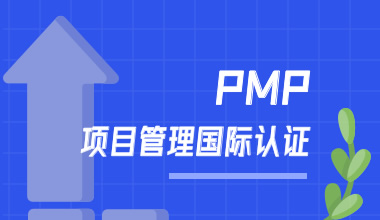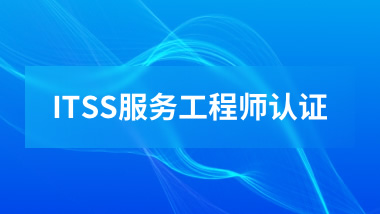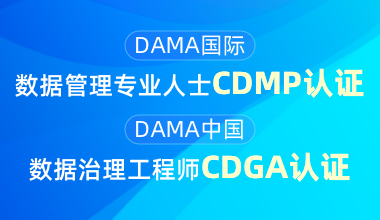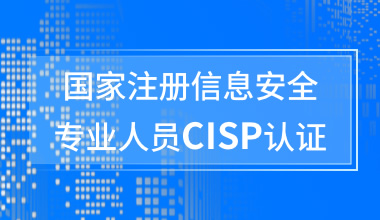Explore the Way of Promoting Business Capacity
IT GreenFuture中培伟业IT常青树
To begin with the core business capacity of this case, connected with The Open Group's methodology of enterprise architecture, IT GreenFuture Team benchmarks the leading practical capacity and the core business capacity of one typical industry, highlight the core of business operation management and build the blueprint of business architecture based on the business capacity of the state owned enterprise.
The Blueprint of Business Architecture
Based on Business Process Optimization results, IT GreenFuture Team illustrates the business architectures into three levels, which are strategic level, functional level and operational level. The strategic level contains cultural, blueprint and planing, comprehensive budget management and performance management. The functional level contains human resources, financial accounting, quality and safety, administration management, parties affairs, ernal controls & auditing, science & informatization technology. The operational level is the focus of business operation. (For details see the content of business capacities)
The Content of Business Capacity
To begin with the whole business capacity of enterprises, IT GreenFuture Team identifies the business value chain of the enterprise, presenting matching relationship between business capacity and value chain. Besides, to begin with exploring the key influence of business capacity, our team optimizes the potential of informatization on business chain, helping the continuous improvement of business capacity.
We focus on the core business capacity of the enterprise in core operational level. There are 9 core business capacities (containning 44 sub-capacities), which includes 5 capacities of core business value chain and 4 capacities of core business management.The former contains market development, acquisition, purchase, logistics and warehousing. The latter contains project management, contract management, supplier management and customer management. The details are as follows:
Market development contains 3 capacities. They are contract project, self-built project and business opportunity.
Acquisition contains 8 capacities. They are prepare tender, qualification review, open tender, evaluation, invite tenders, award, expert library and tender.
Purchase contains 4 capacities. They are obtaining candidates, supplier selection, acquisition implementation and after-market tracking.
Logistics contains 3 capacities. They are logistics, freight clearance and import and export tax rebate.
The capacity of warehousing contains 7 sub-capacities. They are site selection, warehouse transit, transit distribution, check-up and acceptance, inventory check, inventory allocation and warehouse maintenance .
The capacity of project management contains 5 sub-capacities. They are schedule management, cost management, resource management, quality management and OU management.
The capacity of contract management contains 5 sub-capacities. They are contract template, contract design, contract approval, contract fulfillment, contract tracking and evaluation.
The capacity of supplier management contains 5 sub-capacities. They are supplier access management, supplier basic information, supplier rating management, supplier ncentive management and supplier exit management.
The capacity of customer management contains 4 sub-capacities. They are customer information management, customer service management, opportunity management and marketing management.
With the overall interpretation and multidimensional explanation of the enterprise’s business capacities, IT Green Future has found the direction to lead the development of its company in the industry. We present business value chain and relational degree of business capacities through the blueprint of business architecture, which makes enterprises focus on dealing with the core problems in the field of core business, the stage of key business and the key capacity of business, giving a high-value feedback to the top-level design consultation of business architecture.
Business capacity——it is the specific implementation of a particular business responsibility or a combination of several business responsibilities. It is one of the main results of implementing business architecture, and architecture itself only identifies the functional part of business capacity.
Business architecture——it is constituted by business responsibility and business information. It is across business management and organizational structure of enterprises, transforming the determinate purposes in enterprise business models and strategic planning and giving the definition of business responsibility and business information.
- 上一篇:服务台:简约而不简单
- 下一篇:如何提高信息系统项目管理师认证通过率?
相关阅读
-
全国报名服务热线
 400-626-7377
400-626-7377
-
热门课程咨询
 在线咨询
在线咨询
-
微信公众号
 微信号:zpitedu
微信号:zpitedu


 400-626-7377
400-626-7377





